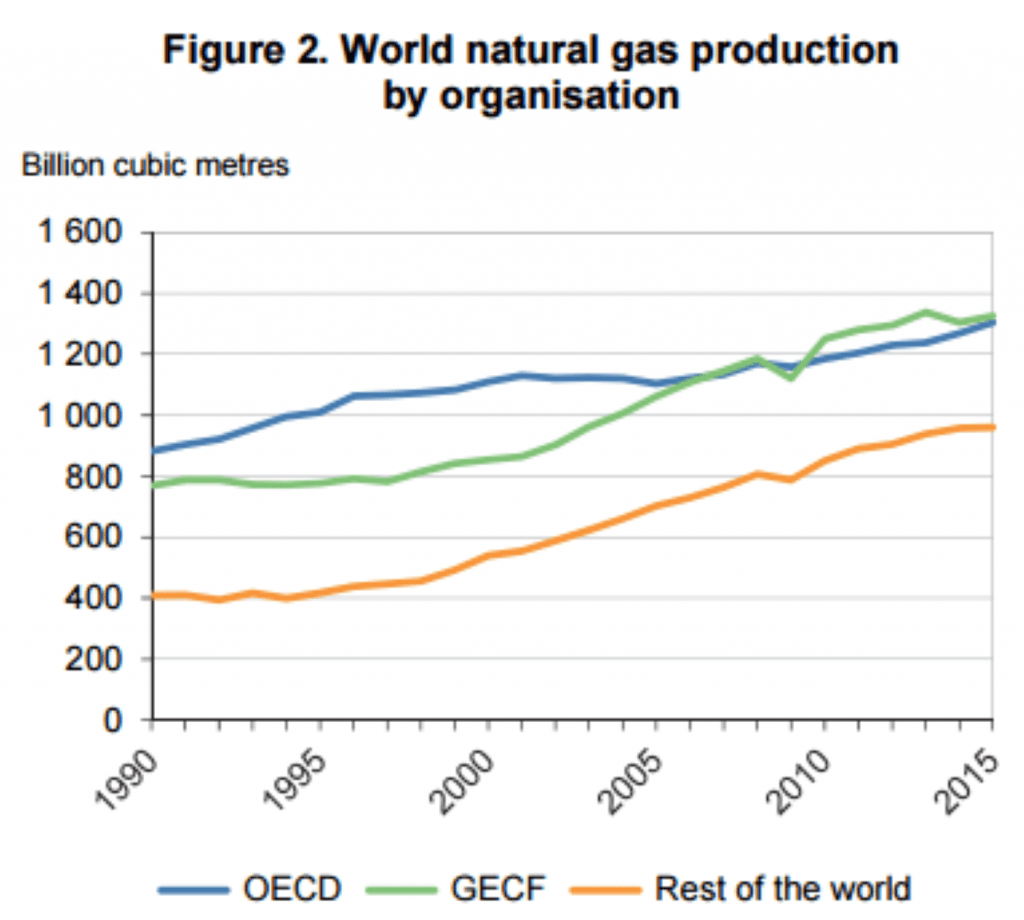At what price would you hand over your homemade Christmas cookies?
My happiest memory of the holidays is making Christmas cookies at home with my family. Several hours and bags of flour, not to mention cinnamon and cloves, were the inputs to the production of the baked goods.
At the end, we got to eat fresh-baked cookies!
But as much as I love my family-recipe cookies, I would hand them all over to you for the right price, say, $50 per cookie. What would I have to pay you to sell me your homemade holiday dessert?
Many of you are producers of cookies, especially at this time of year. What economists call the “supply curve” describes the behavior of producers, so understanding the supply curve is easy if you imagine yourself as a supplier of cookies to the market.
Economists like graphs as much as normal people like cookies. Here is the graph I created of the cookie supply curve at economnomnomics.com.


Notice that the red line starts at a low price and a low quantity. As the quantity of cookies sold increases, the red line moves up to higher prices. Why is that?
Suppose you have access to your kitchen, your immediate family, and your local grocery store. In one day, how many cookies would you make? A few dozen, perhaps?
What could make you want to bake more cookies? Ca$h money would probably do. If you were paid nothing, you would not make a lot of cookies. That is the first insight of the supply curve.
But if someone was offering to pay $50 per cookie, you’d tell your family that they are not sleeping, and you’d buy a ton of flour. You might even knock on a neighbor’s door to bring in more help.
That’s the second insight of the supply curve model: a high price incentivizes a large quantity of production.
Fuel your yule
Let’s move to another essential, if less celebrated, element of the modern holiday celebration: natural gas.
Many people heat their homes with natural gas during winter. If the gas stopped flowing, it would be awfully cold for me in the northeastern U.S.
We could all ask Santa for liquefied natural gas, but until December 25th comes we would need to focus on getting humans to provide enough gas to meet market demand.
The people who supply natural gas will provide more if the price rises – just the same way that you would make more cookies if I paid you more for them.
MIT professor Ernest Moniz has provided a snapshot of the actual short-term supply curve for natural gas in his 2011 report.


There are two features of this graph that apply almost universally to any supply curve.
1. The curve generally slopes up.
2. It becomes totally vertical after a certain point, because there is a limit to the quantity that can be produced.
Once all available resources have been recruited for production, quantity cannot increase any more in a short amount of time.
The puzzle of falling prices
Take a break. Have a cookie.
Now here’s another puzzle. Why has the price of natural gas generally been falling since 2008, while at the same time the quantity being produced has increased? Here’s a graph of quantity produced across the 15 years from the IEA report:


If the price went down this week, we would expect output to decrease this week. That would be a movement along the short-term supply curve. We would be traveling from the upper right of the curve down toward the lower left.
However, over a longer amount of time, we enter the “long-term,” and the supply curve itself can shift. Because of advances in extraction technology, the cost of producing natural gas has gone down. If the cost of production decreases, then the quantity produced can increase, even if the selling price does not increase.
Let’s return to the cookie example.
If someone offered you $50 per cookie, and it took you one minute to make 1 cookie, then you might happily produce 60 cookies per hour. If you bought a new oven or invented a new method that let you make two cookies per minute, then you would produce 120 cookies per hour. That would indicate a shift in your supply curve.
Whether you are a producer or a consumer of cookies during this holiday season, I wish you much happiness and I encourage you to look out for the economic forces at work.
To read more about the free market economy, be sure to check out our cluster page by clicking on the button below.
This article was originally published on the Learn Liberty blog.
This piece solely expresses the opinion of the author and not necessarily the organization as a whole. Students For Liberty is committed to facilitating a broad dialogue for liberty, representing a variety of opinions.

















